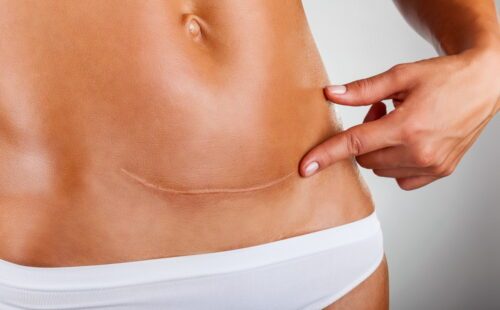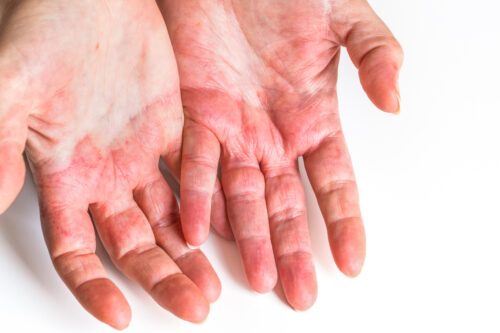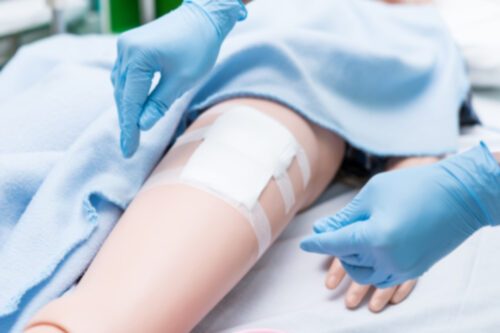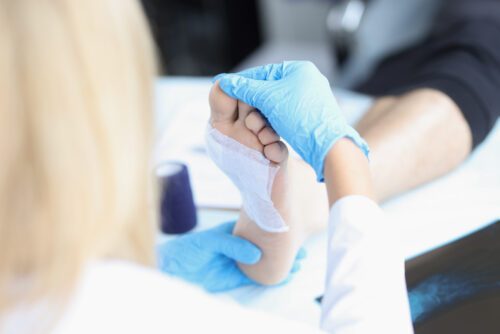Healing and skin well-being: Accelerate regeneration with photobiomodulation
Details on the complex process of skin tissue repair, wound management and scarring. Discover how innovative methods, such as photobiomodulation, help to optimize and accelerate every stage of skin healing, whether for superficial wounds, chronic wounds or deeper lesions.
The healing process: a phased approach
Wound healing is a natural, multi-phase process, from initial inflammation through cell proliferation and remodeling to the formation of scar tissue. Each phase mobilizes numerous elements, including skin cells, collagen and the structural proteins required for tissue repair. In this category, we decipher the stages of wound healing and the factors influencing the skin's response to injury, including key aspects such as the inflammatory response, new cell formation and wound stabilization.
Photobiomodulation to promote healing
Photobiomodulation (PBM) stands out for its innovative approach to promoting healing without invasive intervention. Used in advanced skin care, this method exploits specific wavelengths of light - in particular LEDs and lasers - to directly stimulate skin cells and support natural healing processes. In the case of wounds, photobiomodulation helps to promote tissue healing by acting on cellular metabolism. In particular, this approach helps to improve the quality of scars, whether post-operative, chronic wounds or burns.
Using PBM, each phase of wound healing can be optimized:
- Inflammatory phase: as soon as the inflammatory response begins, damaged tissue is more receptive to therapeutic light, which helps modulate inflammation and reduce edema around the wound.
- Cell proliferation phase: by stimulating the production of collagen and elastin, photobiomodulation promotes the reconstitution of skin tissue, improving the repair rate of the cells involved in regeneration.
- Remodeling phase: photobiomodulation sessions support the formation of optimal collagen, thus limiting the risk of thick or poorly-formed scars.
Devices based on photobiomodulation, by exploiting the interaction between light and tissue, offer a non-invasive complement to support the scarring process. It's a popular solution for individuals seeking cutaneous well-being and help in managing their wounds or scars without resorting to drug treatments.
Different types of wounds and scars treated
These articles also look at the various types of wound that can benefit from photobiomodulation. From acute wounds (such as cuts, burns or superficial wounds) to chronic wounds (often related to long-term conditions or circulatory disorders), photobiomodulation helps to promote wound healing while reducing associated symptoms, such as pain and redness.
Photobiomodulation applications also include care for atrophic scars, hypertrophic scars and keloid scars, accompanying the cellular remodeling stages to improve skin appearance and scar tissue suppleness. By regulating collagen production and improving vascularization of the wound bed, results show an improvement in the appearance of scars over the long term.
Additional tips and solutions to promote healing
To accompany photobiomodulation, the category offers practical advice and information on various skin care products that help maintain healthy, well-moisturized skin during the healing process. These products include healing creams, repair creams and skin treatments designed to soothe the skin and prevent wound infections by promoting an environment conducive to cell regeneration.
Photobiomodulation: support for skin well-being
Photobiomodulation is particularly interesting for those seeking a gentle, non-invasive approach to managing their scars and wounds. Thanks to the combined effects of light, PBM sessions promote skin healing without any noticeable side effects, contributing to the well-being of the individual in his or her natural regeneration process.




